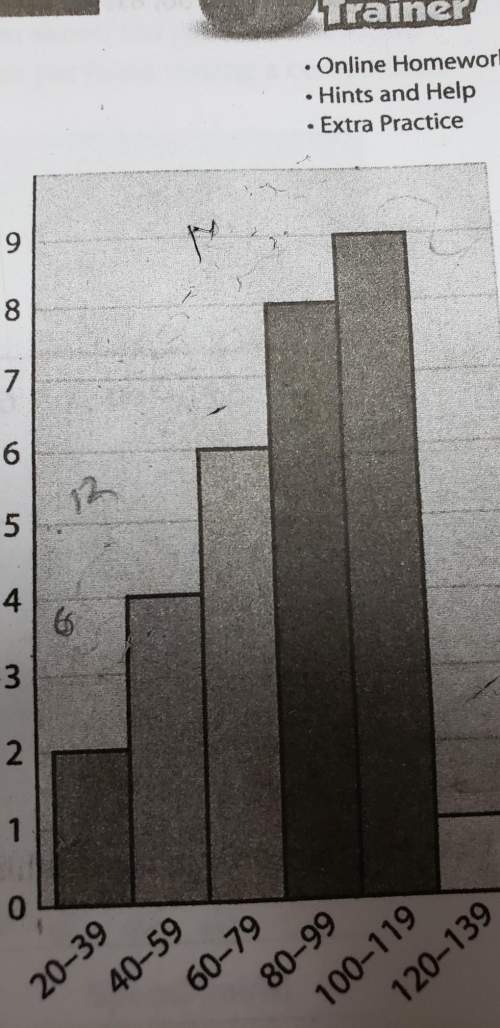
Mathematics, 09.07.2021 01:00 icantspeakengles
Say that you put the set of tiles shown below into a bag and conduct a series of trials in which you draw one tile randomly from the bag, record the color, and replace it. The table below shows the number of times in each set of trials that you drew a blue tile.
Square tiles: 16 green, 9 grey, 6 pink, 9 blue, 2 yellow, 1 black, 3 purple, 14 red.
Trial
1
2
3
4
5
# of Draws
60
157
49
105
81
# of Blues
13
19
7
10
11
Between the theoretical probability that you will draw a blue tile and the experimental probability that you will draw a blue tile, which is greater, and how much greater is it? Express all probabilities as percentages to two decimal places, and express differences by number of percentage points (for example, 12% is 2 percentage points greater than 10%).
a.
The experimental probability is 6.67 percentage points greater than the theoretical probability.
b.
The experimental probability is 2.00 percentage points greater than the theoretical probability.
c.
The theoretical probability is 1.73 percentage points greater than the experimental probability.
d.
The theoretical probability is 0.77 percentage points greater than the experimental probability.

Answers: 1


Another question on Mathematics

Mathematics, 21.06.2019 20:00
Find all solutions for 2y - 4x =2 y = 2x + 1 site: socratic.org
Answers: 1

Mathematics, 21.06.2019 20:30
Arectangle has a width of 5 cm and a length of 10 cm. if the width is increased by 3, how does the perimeter change?
Answers: 1

Mathematics, 21.06.2019 20:50
What is the greatest number of parts of a circle that can be formed by cutting the circle with 7 straight cuts? (note: the parts do not have to be equal in size)
Answers: 3

Mathematics, 21.06.2019 22:30
Sketch the vector field vector f( vector r ) = 8vector r in the xy-plane. select all that apply. the length of each vector is 8. the lengths of the vectors decrease as you move away from the origin. all the vectors point away from the origin. all the vectors point in the same direction. all the vectors point towards the origin. the lengths of the vectors increase as you move away from the origin.
Answers: 2
You know the right answer?
Say that you put the set of tiles shown below into a bag and conduct a series of trials in which you...
Questions



Chemistry, 20.04.2021 22:50

Mathematics, 20.04.2021 22:50




Spanish, 20.04.2021 22:50


Biology, 20.04.2021 22:50

Mathematics, 20.04.2021 22:50


Mathematics, 20.04.2021 22:50

English, 20.04.2021 22:50


Mathematics, 20.04.2021 22:50

Mathematics, 20.04.2021 22:50

Mathematics, 20.04.2021 22:50

English, 20.04.2021 22:50

Mathematics, 20.04.2021 22:50




